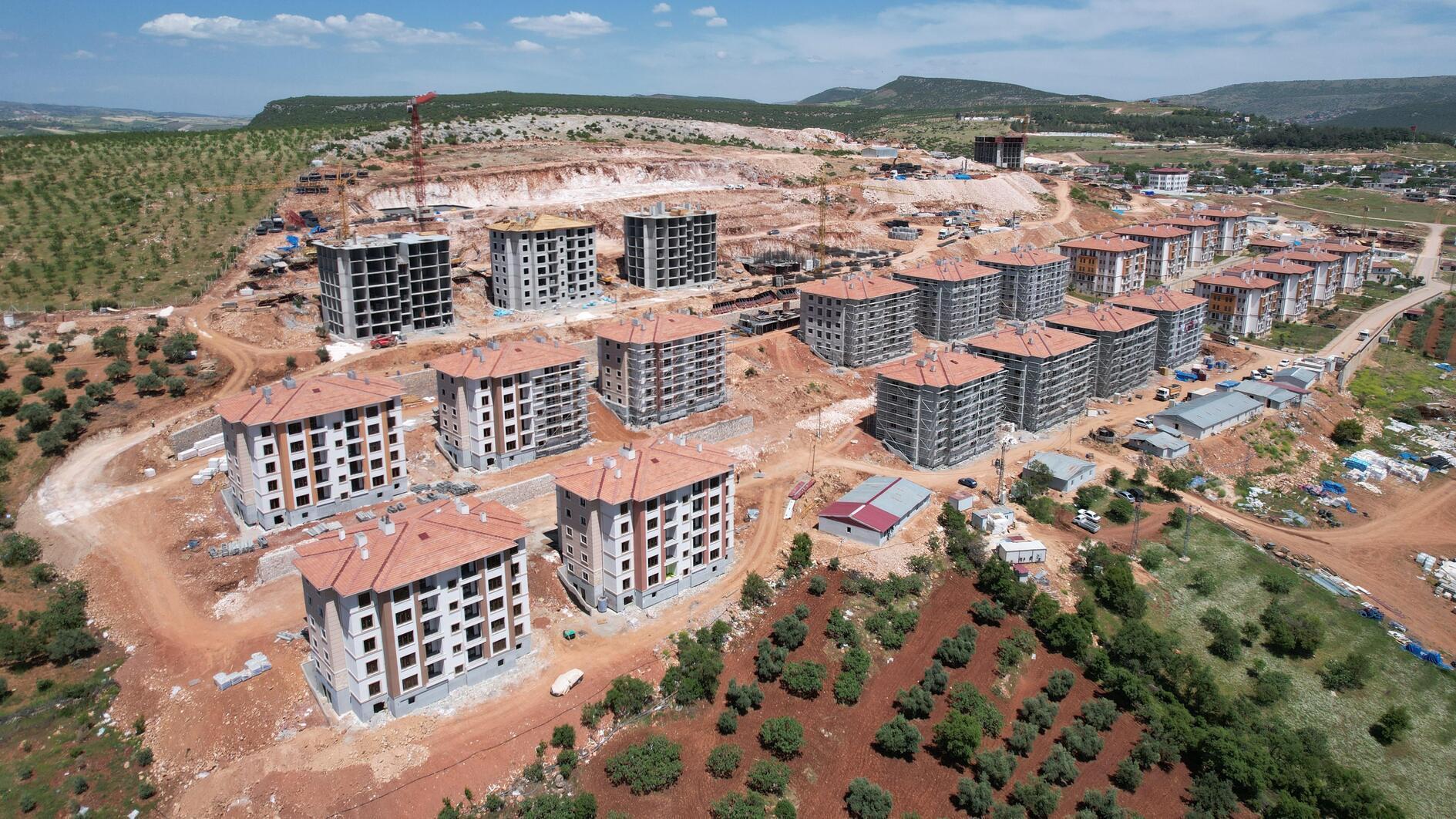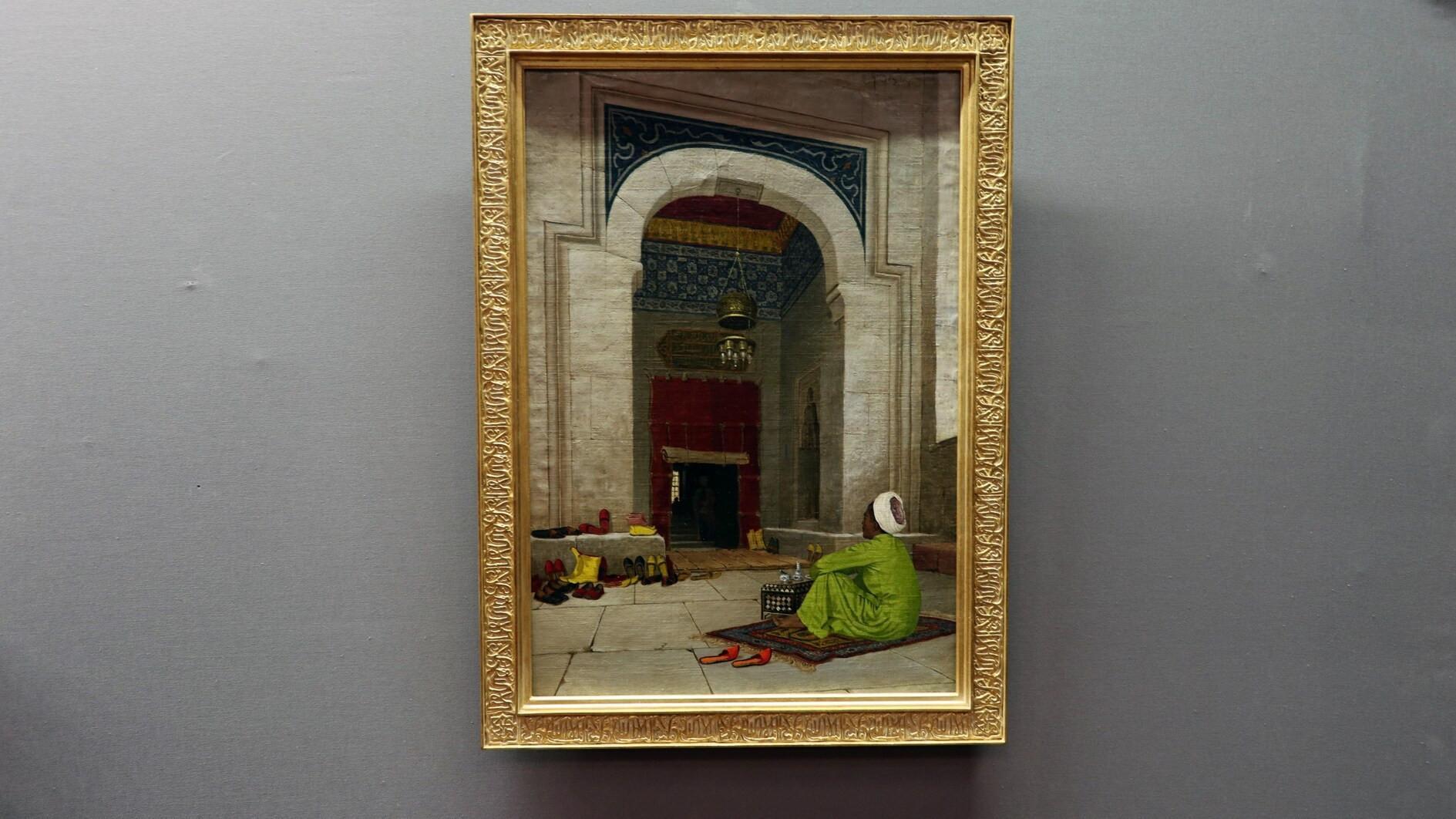Türkiye prioritizes green areas in post-quake efforts
ANKARA

Public residences planned for earthquake-hit areas in Türkiye will prioritize landscaping designs featuring open green spaces with an aim to provide a soothing environment for survivors.
The landscaping of housing to be built by public institutions in earthquake-prone settlements will pay attention to relaxing and peaceful open green design techniques to enhance earthquake victims' self-confidence and help them overcome fear, anxiety and tension, according to the statement of the Environment, Urbanization and Climate Change Ministry.
Green areas in earthquake-prone cities will be selected according to the natural structure and transportation criteria for emergency gathering and temporary shelter areas.
The design of green spaces will consider post-disaster shelter, food, water, energy and waste management infrastructure from the neighborhood to the city scale.
The action plan aims to ensure that ecological, economic, aesthetic, functional and socio-psychological factors are considered in the selection of plants for urban green areas. Also, each province will have natural plant species that are compatible with global climate change, reflect urban identity and have high carbon storage potential.
Instead of high water-consuming grass species, plants that consume less water, are environmentally friendly and require less fertilizer will be selected for planting in green areas, and efforts will be made to develop designs that ensure the reuse of rainwater in implementation projects.
The plan targets an increase in permeable surfaces to counteract the negative effects of climate change and the sudden, high-intensity rainfall that has been occurring in recent years.
Landscaping implementation projects will be made mandatory along with building projects in municipal building permit processes, while zoning plans will seek a balanced distribution of green areas in terms of size and accessibility.
Microclimate data will be collected at air quality monitoring sites and urban settlements to prepare the "Climate Atlas and Thermal Comfort Map.”
















